7 Types of Conflict Every Storytect MUST Know to Craft Engaging Stories
Conflict is the heartbeat of every great story. Learn how to use tension, stakes, and different types of conflict to craft compelling narratives that captivate your audience. From internal struggles to world-altering battles, discover how conflict fuels character growth and keeps readers engaged.
Picture this: A hero wakes up, stretches, and breezes through their day without a single setback. No enemies lurking in the shadows, no self-doubt gnawing at their resolve, no impossible choices forcing them to grow. Just smooth sailing from start to finish.
Boring, right?
That’s because stories don’t come alive in the absence of struggle. Conflict isn’t just an ingredient of storytelling—it’s the oxygen that fuels every unforgettable narrative. Whether it’s a battle between good and evil, an internal war between fear and ambition, or a society fighting for its soul, conflict is what makes us care. Without it, there’s no suspense, no stakes, no reason to keep turning the page.
But when resistance enters the picture? That’s when a story ignites.
Why Conflict is the Heart of Every Story
Conflict moves a story forward. It tests characters, raises the stakes, and forces decisions that reveal who they truly are. Understanding the different kinds of conflict is essential for crafting a gripping narrative that keeps audiences hooked.
Internal vs. External Conflict
Every great story thrives on two main types of conflict—internal and external. The best stories blend both, intertwining a character’s personal struggles with the obstacles they face in the world.
- External Conflict - The Battle Outside
- This is the classic face-off: protagonist vs. an external force, whether it’s another person, society, nature, or even technology.
- Example: In Jaws, Chief Brody isn’t just fighting a killer shark—he’s battling a town in denial about the danger lurking in the water.
- This is the classic face-off: protagonist vs. an external force, whether it’s another person, society, nature, or even technology.
- Internal Conflict – The War Within
- Sometimes, the greatest battles happen inside a character’s mind. Internal conflict is about fear, doubt, desires, and the personal demons that shape a character’s journey.
- Example: In Breaking Bad, Walter White’s transformation into Heisenberg isn’t just about making money—it’s about his internal war between morality and power.
- Sometimes, the greatest battles happen inside a character’s mind. Internal conflict is about fear, doubt, desires, and the personal demons that shape a character’s journey.
Why Conflict Matters (The Stakes)
Conflict alone isn’t enough—what’s at risk determines how much the audience cares. Stakes define what a character stands to lose (or gain) and can range from deeply personal to world-altering.
Personal Stakes – The Heart of a Character’s Journey
These stories focus on what matters most to the protagonist—love, identity, self-worth, or personal survival. They’re intimate, emotional, and character-driven.
- Example: In Good Will Hunting, Will’s battle isn’t against an external enemy—it’s against his own fear of failure and love.
World Stakes – The Bigger Picture
These conflicts affect entire communities, nations, or even the universe. They bring epic consequences and larger-than-life showdowns.
- Example: In Avengers: Endgame, the battle isn’t just about revenge—it’s about the fate of half the universe.
The best stories weave both personal and world stakes together, grounding massive conflicts in deeply human motivations.
The 7 Main Types of Conflict in Storytelling
1. Character vs. Character
This is the classic hero vs. villain battle—two forces colliding, whether physically, ideologically, or emotionally.
- Example: The Dark Knight pits Batman’s order against the Joker’s chaos, making every interaction a masterclass in tension.
2. Character vs. Self
Doubt, fear, guilt, temptation—sometimes, the hardest enemy to defeat is oneself. These stories explore growth, transformation, and personal reckoning.
- Example: In Hamlet, the prince’s hesitation and inner turmoil lead to his downfall.
3. Character vs. Society
When the protagonist stands against the norms, laws, or expectations of society, they become a force for change—or a victim of oppression.
- Example: In The Handmaid’s Tale, Offred fights against a dystopian system that seeks to erase her identity and freedom.
4. Character vs. Nature
Man vs. the elements. These stories strip characters down to their raw instincts, forcing them to battle the merciless forces of nature.
- Example: In The Revenant, Hugh Glass faces brutal cold, wild animals, and his own body’s limitations in a relentless fight to stay alive.
5. Character vs. Fate
When destiny calls, some characters fight it. These stories wrestle with the idea of free will vs. inevitability.
- Example: In Oedipus Rex, Oedipus spends his life trying to outrun fate—only to walk right into it.
6. Character vs. Supernatural
When humans clash with forces beyond their understanding—ghosts, demons, gods, or the paranormal—the stakes are often both psychological and existential.
- Example: The Exorcist pits faith against an unholy force in a terrifying battle of wills.
7. Character vs. Technology
In a world driven by rapid innovation, stories that explore the consequences of technology feel more relevant than ever.
- Example: In The Terminator, humanity is locked in a battle against its own creation—artificial intelligence that seeks to wipe it out.
How to Identify Conflict in a Story
Is the conflict internal or external?
If the protagonist struggles against their own thoughts, it’s internal. If the struggle is against another person, society, or nature, it’s external.
What’s stopping the protagonist from achieving their goal?
Pinpoint the opposing force—whether it’s an enemy, self-doubt, or the chaos of the world itself.
What’s the theme?
Conflict often reveals a deeper message. A story about the dangers of AI might focus on character vs. technology, while a critique of authoritarianism might lean into character vs. society.
Final Thoughts
Conflict is the heartbeat of storytelling. It fuels character growth, sharpens themes, and keeps audiences emotionally invested. Whether it’s an intimate internal struggle or a battle for the fate of the world, tension is what makes a story worth telling.
If you love dissecting stories, uncovering what makes them work, and exploring how storytelling is changing in real-time, make sure to subscribe to The Storytects Podcast. Each episode dives into the art and science of storytelling, featuring deep dives, guest interviews, and creative discussions designed to inspire writers, filmmakers, and content creators.

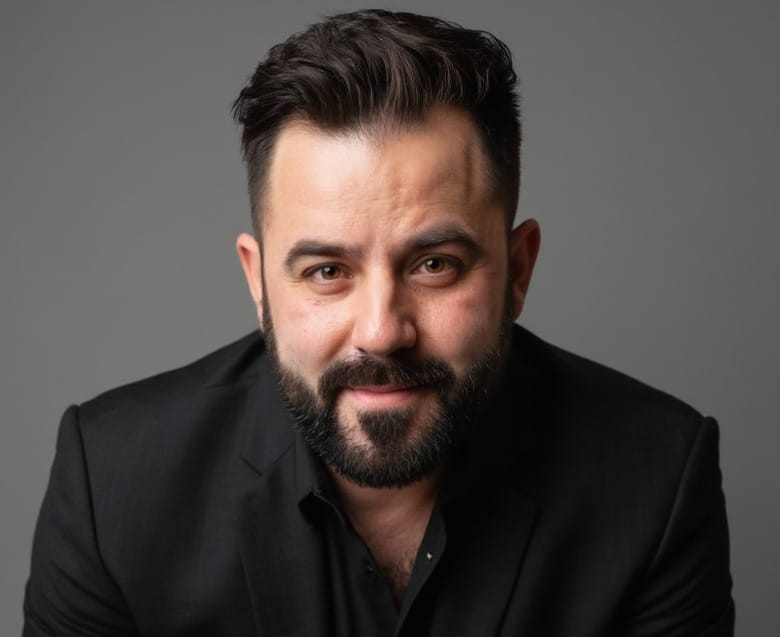
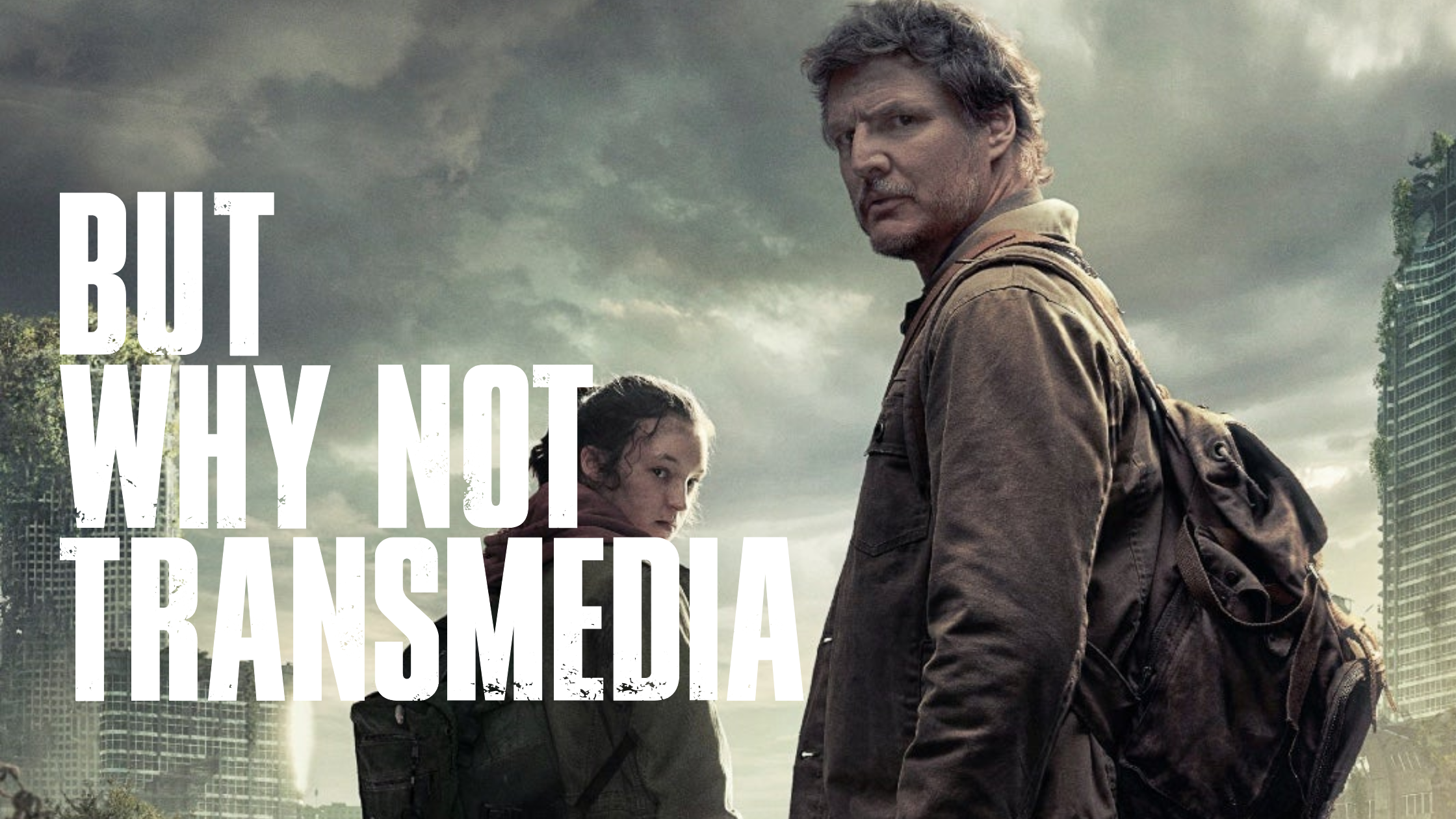
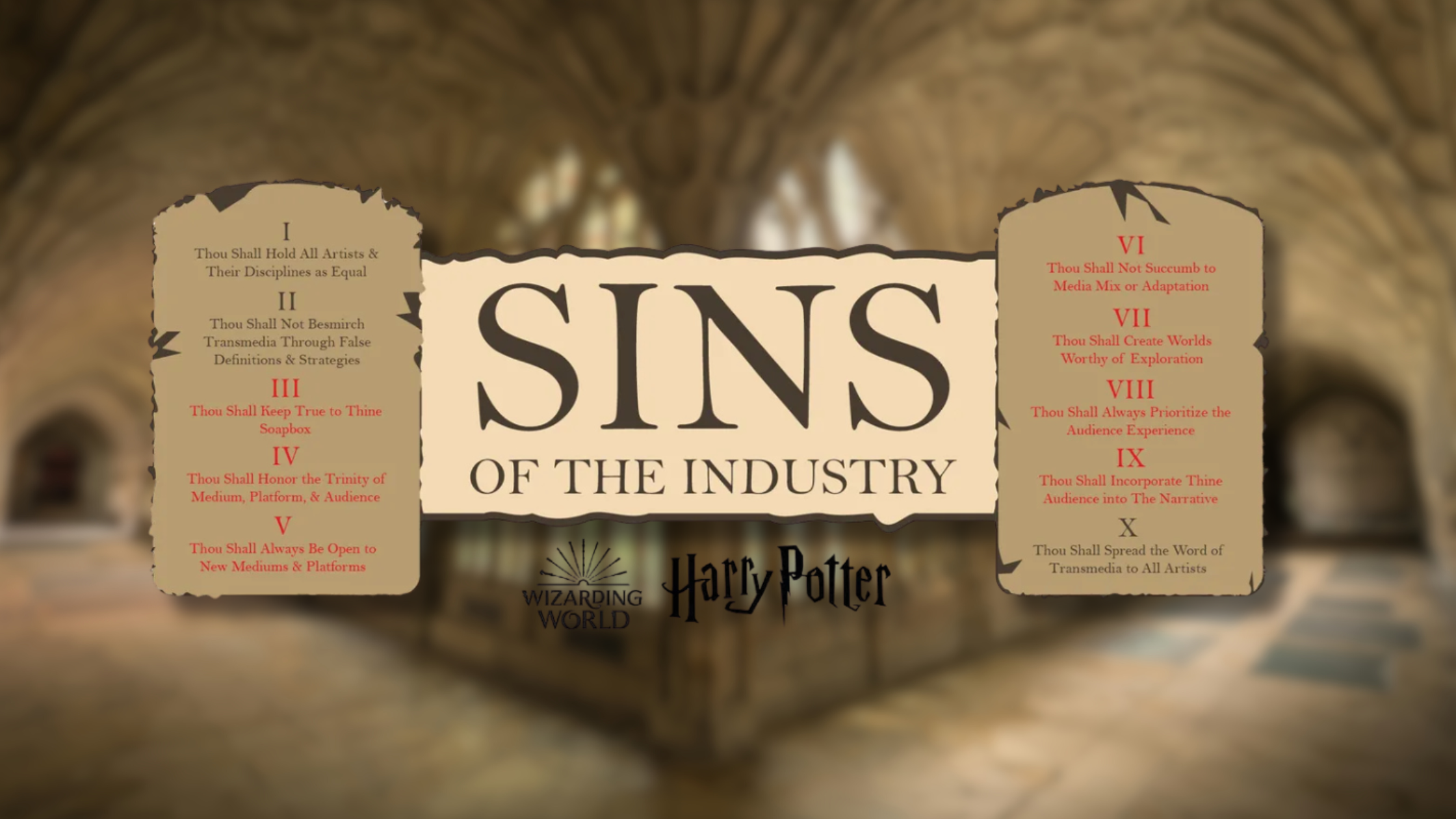

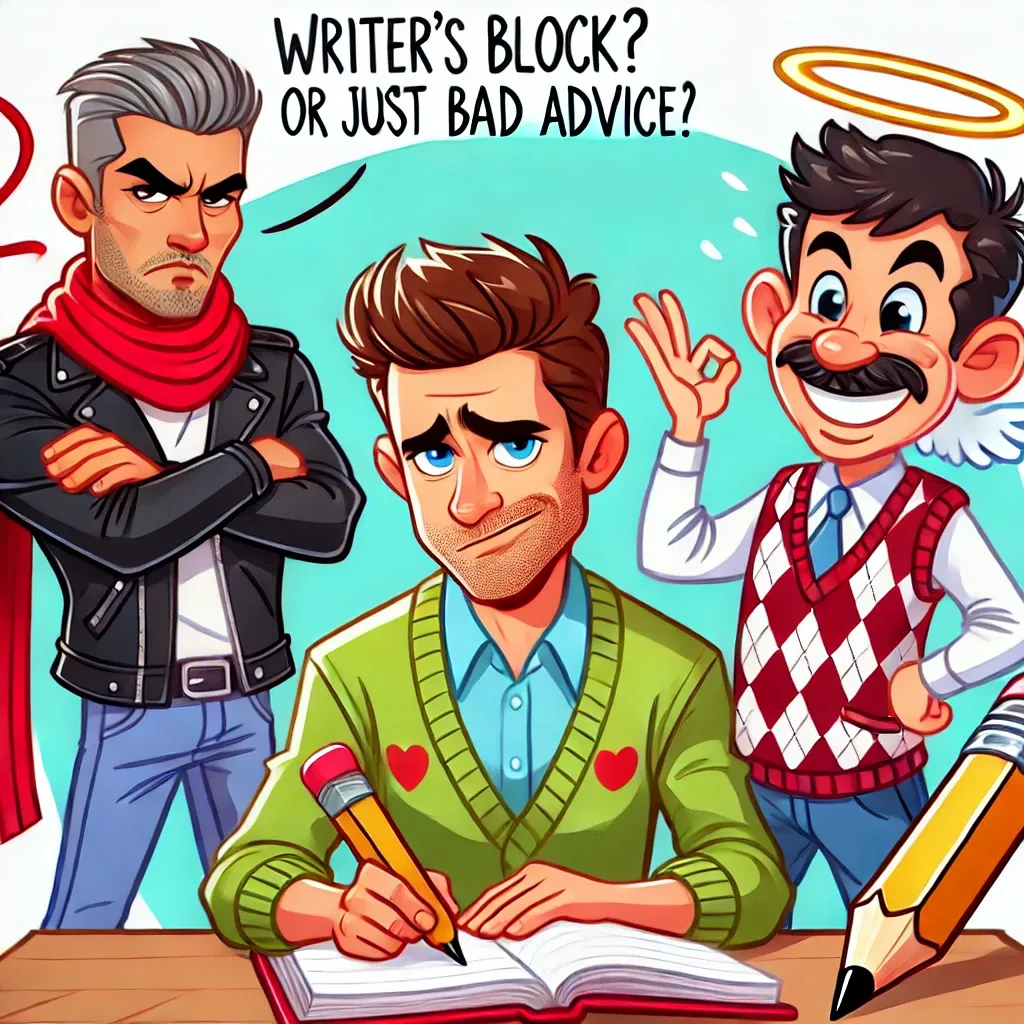
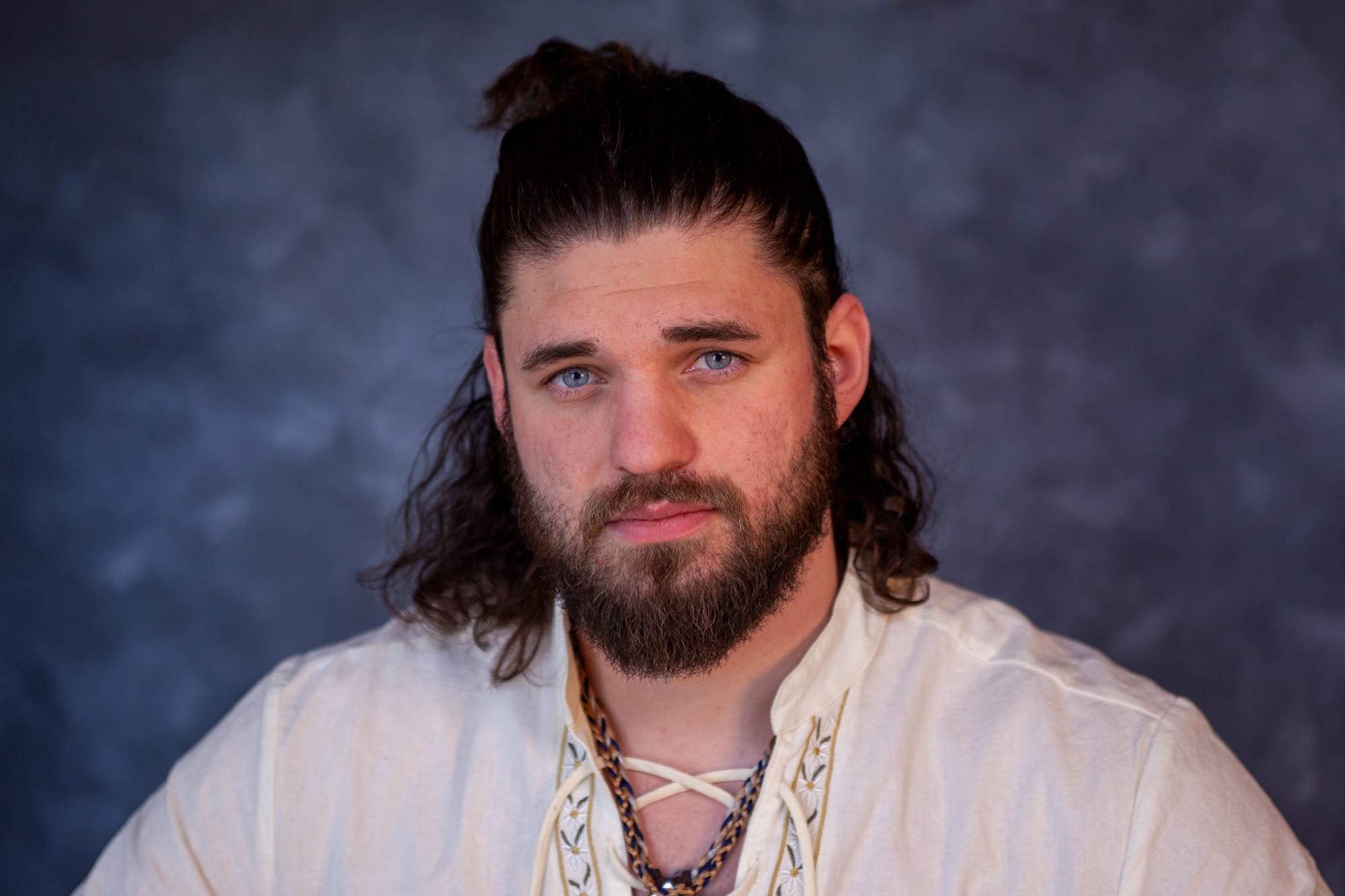
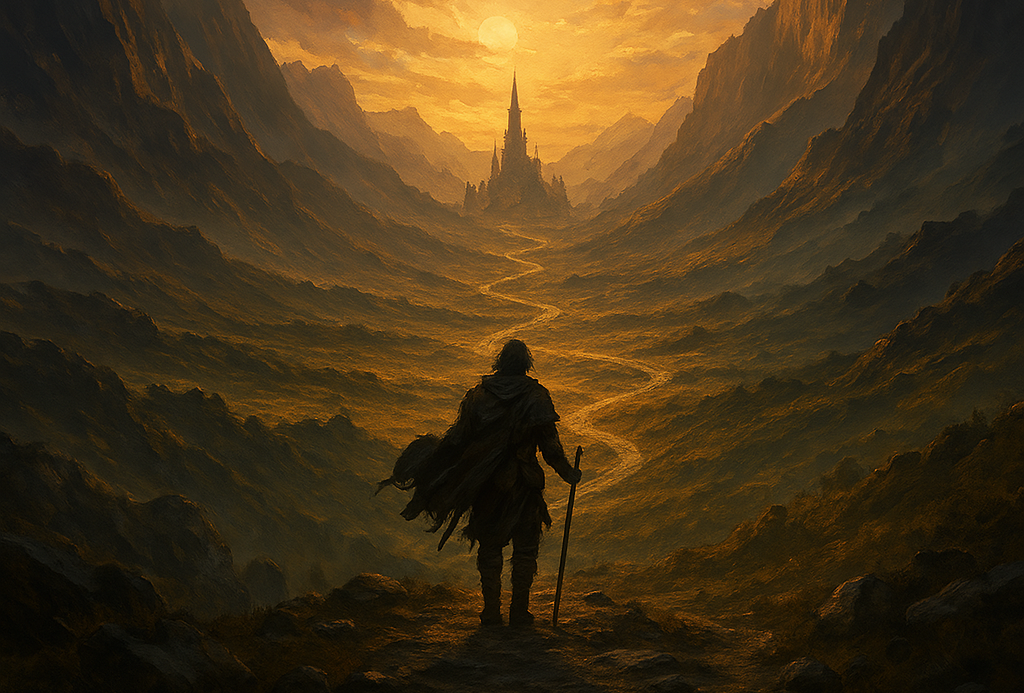


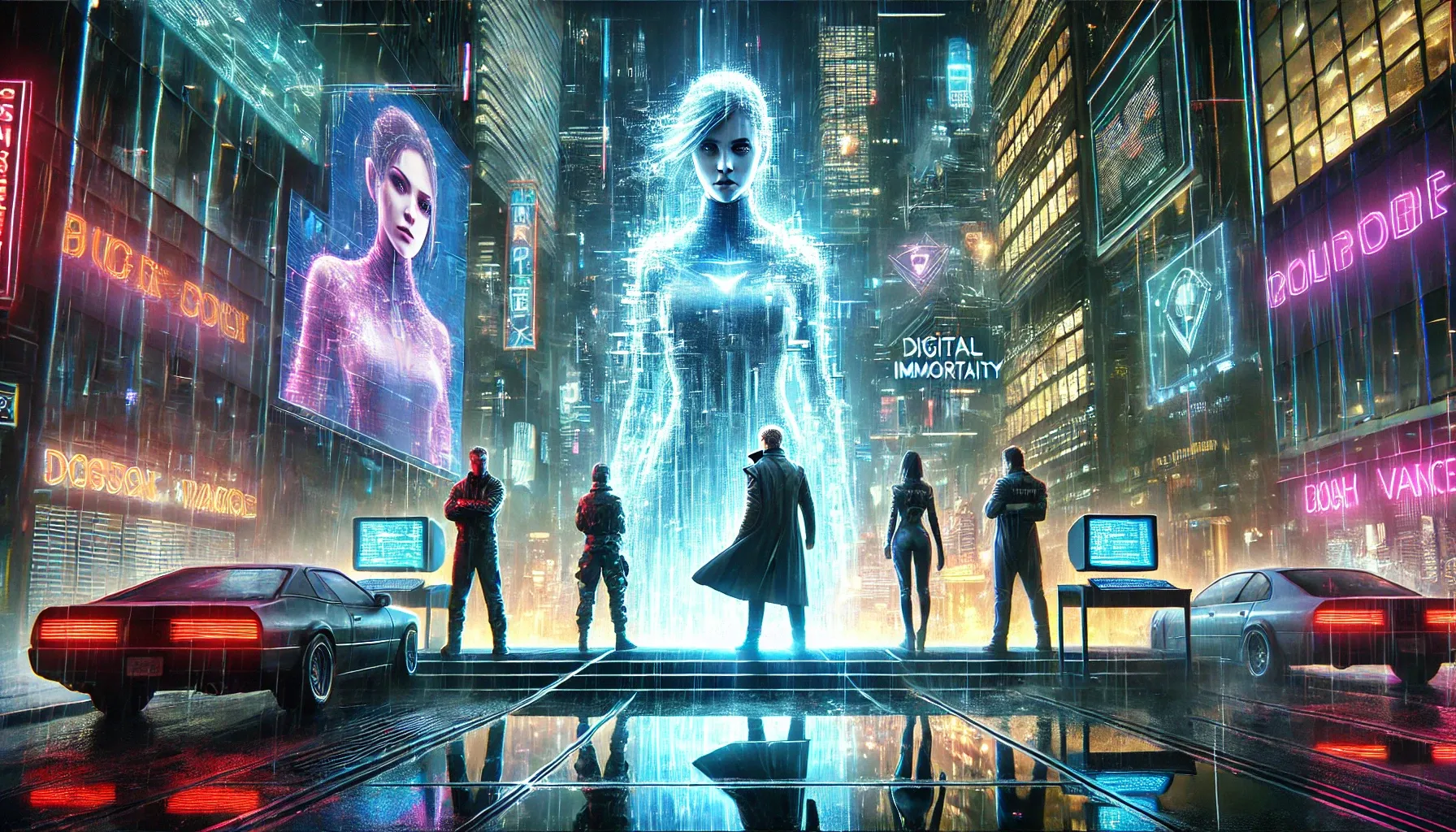


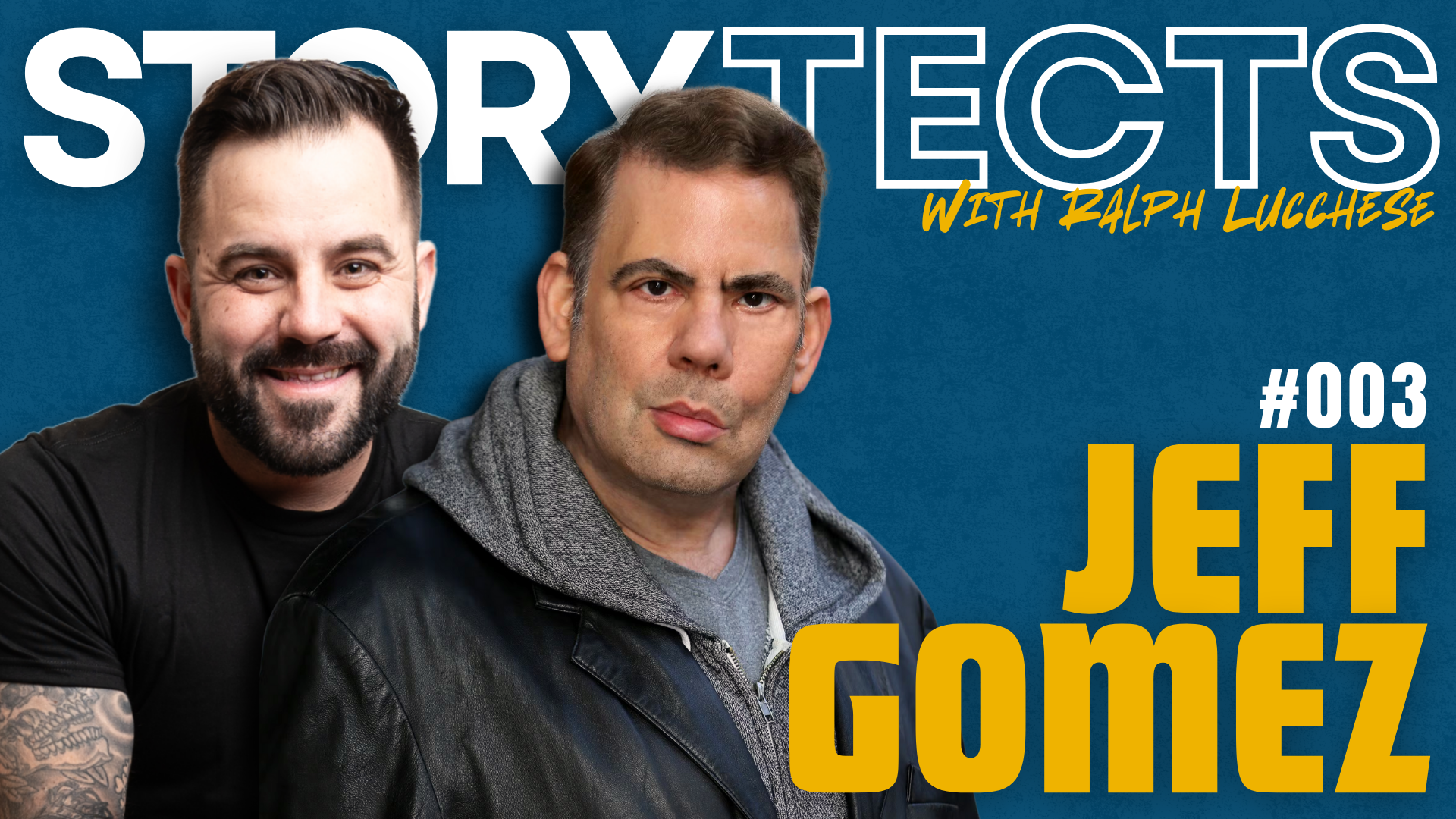
Discussion